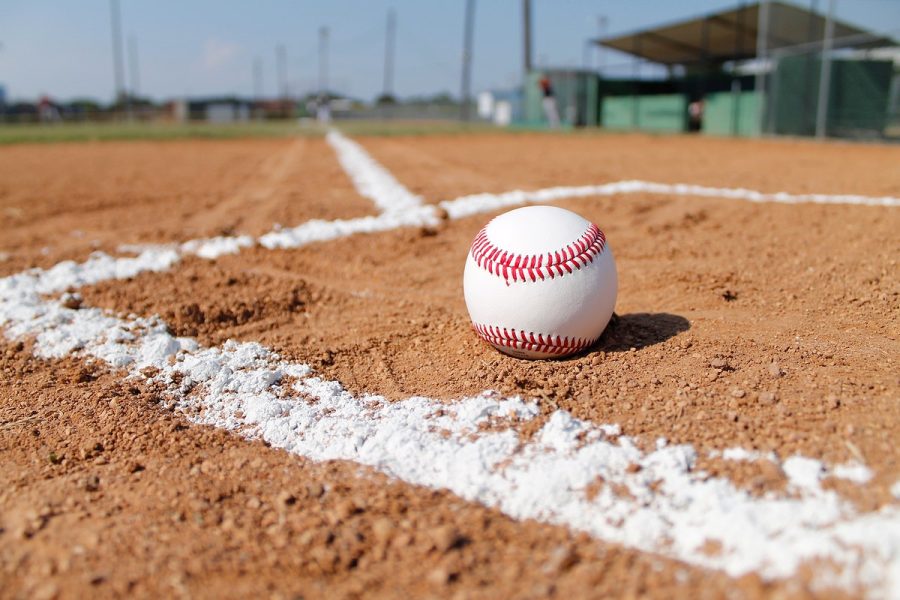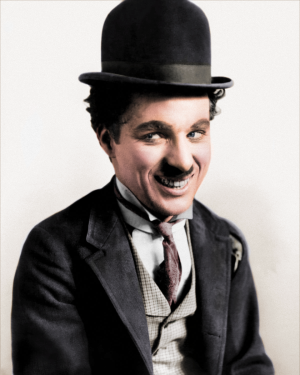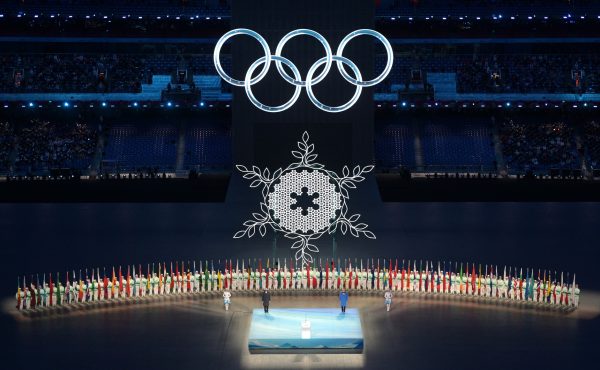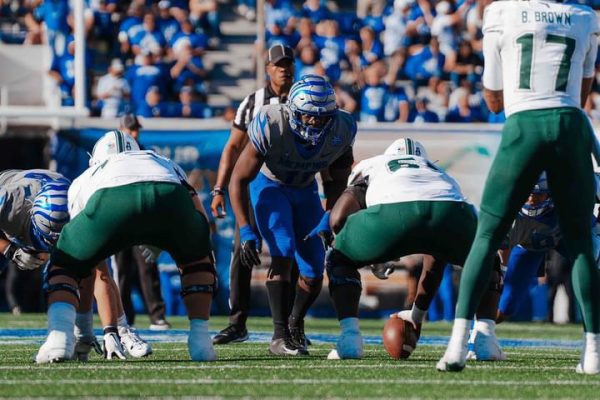New MLB negotiations may change the game
Free baseball on clay field . Photo courtesy of Rawpixel.com
April 13, 2022
Negotiations between the MLB’s players union and team owners have spotlighted rising tensions regarding key components of the league’s structure. With all negotiations settled, a season that was previously stripped of several opening series’ will have a delayed but full regular season.
The new Collective Bargaining Agreement (CBA) instituted minimum player salaries that are set to increase incrementally, with bonuses added for rising talents and an international players draft.
Setting aside financial implications and expanding the player pool, I believe the most impactful addition to the league’s functionality is establishing a competition committee—a group containing MLB executives, players, and a single umpire tasked with tweaking and creating rules to make modern baseball more engaging. Regulations passed by this committee can be enforced in the game just 45 days after ratification by the league.
Potential changes such as pitch clocks, size of bases, and restrictions on shifting defensive players are all hot topics when considering adjustments to the game. As viewership numbers rest steadily on a decline, the game needs to change. Reinvigorating a sport invented fifteen years before the Civil War is not simple patchwork.
However, a promising start to baseball’s new identity came with the new CBA.
Additionally, the designated hitter is a universal position, and it is challenging to keep National League offenses competitive and entertaining. Many pitchers forced up to the plate are told simply not to get hurt rather than contribute. This is yet another problem that the MLB could address.
The designated hitter is an expanded playoff pool of 12 teams over the former 10, a stipulation that owners included in trying to regain financial losses from COVID-affected seasons. 40% of all MLB teams entering the playoffs would mean a diluted playoff pool, but it wouldn’t negatively impact the postseason. 40% is dangerously close to half of the league, but I believe having only twelve teams could work for the MLB, depending on the parity new rules the draft allows and creates, but that remains to be seen.
The CBA changed many parts of how the league functions, but how the game is played on a larger scale remains untouched. The universal DH did change the game, but in a way that is already similar to major league clubs.
One of the game’s most pressing issues that need addressing is the pace of play. The average length of a modern MLB game is just over three hours and has trended upwards since the early 2000s. Increases in changing pitchers’ mid-innings and mound visits contribute to longer games. The league’s focus on rule changes should be to make the game more consumable, but that’s easier said than done. Mound visits and pitching changes are frequent because managers want to keep their pitchers healthy in the long-term, and with 162 games to play, low pitch counts lower the risk of injury.
So how does the league shorten games without compromising player safety? Limiting time between pitches has been tried in lower leagues and has dramatically decreased playtime. However, effective implementation can be complex. A problem lower leagues faced were pitchers stepping off the mound to reset the clock and continuing to do that until they wanted to pitch, making the clock completely obsolete. But stepping off is something pitchers need to regain their concentration, break the hitters’ rhythm, and adjust their footing. It is hard to know where to draw the line. Until players found the loophole, the rule worked, and that’s why I think letting players contribute to new rules is a promising idea.
No matter what league executives think might work or hope to implement, the players and coaches must strategize according to any new rules. Including players could cut out the possibility of regulations getting pushed through that could compromise the safety or integrity of the players. It also ensures they have control over rules that affect them directly. The safety and health of the players are advocated best by former and current players who know firsthand how the game functions. Hopefully, league officials and players can join the new competition committee and breathe new life into the sport.








